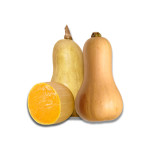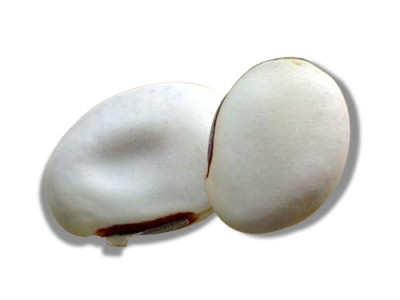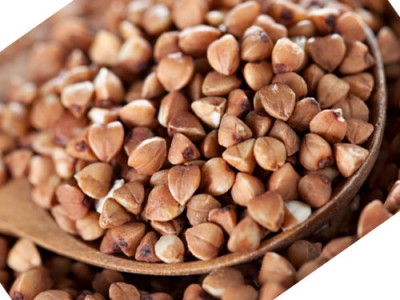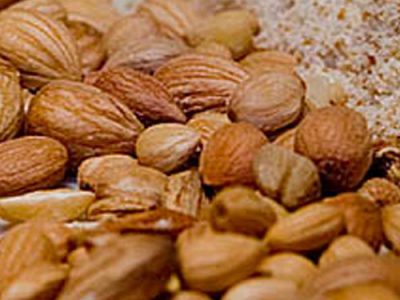
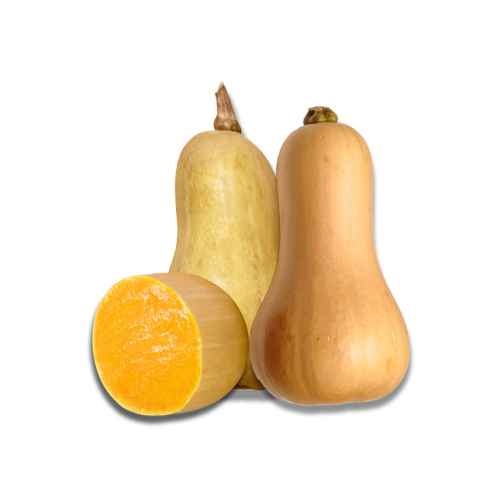
Sweet Butternut Health Summary & Nutrition Benefits
Butternut
Butternut is a species of walnut and also called white walnut, oil nut, Buartnut and Demon walnut and botanically, Juglans cinerea. It is the hardest and richly flavored than all other walnuts in the family. It is sweeter and oilier than other kinds of walnuts. It is usually found growing along with black walnut.
How it is grown
[tribulant_slideshow gallery_id="91"]
Juglans cinerea, butternut is a deciduous tree that grows up to 20-40 meters height. The trunk extends to a diameter of 40-70cm at maturity. The tree grows slower than other walnut trees and also has low fertility and disease resistance. It seldom lives more than 75 years as it is very susceptible to a serious fungal disease called ‘butternut canker’. The butternut fruit is lemon-shaped and has sticky indehiscent husk. When the green husk is broken, an oval brown irregularly-ribbed nut is found.
Where it is grown
Butternut tree grows in stream banks and on well-drained soils of hill areas. Also, it grows in dry rocky soil especially, when that is on limestone. Butternut trees are native to United States. They are found growing well in southern Ontario. The distribution range of butternut tree is found in North America, from New Brunswick to Georgia, and west to Arkansas and Dakota.
Nutritional facts
Butternut is packed with health beneficial vitamins, nutrients, minerals and anti oxidants that are needed for optimum health. It contains important B-complex vitamins such as riboflavin, niacin, pantothenic acid, folates and vitamin B-6. It is rich in omega-3 fatty acid that helps to reduce ‘bad cholesterol’ and increase ‘good cholestrerol’. It is an excellent source of vitamin E and minerals such as calcium, manganese, copper, iron, magnesium and zinc.
Health benefits
- Omega 3 fatty acids present in butternuts help to lose weight and also reduce inflammation in the body.
- It is also used to treat chronic diseases such as arthritis, diabetes (high level of blood sugar), blood pressure, and artery diseases.
- As it contains good amount of antioxidants, it prevents cell damages caused by sun and aging.
- Historically, Butternut extract from the bark of the tree was used to treat smallpox, dysentery and other stomach and intestinal problems.
- Butternut oil has flavorful aroma and hence exhibits an excellent astringent properties that helps to prevent skin dryness.
Facts and other uses
The butternut tree is cultivated mainly for its richly flavored nuts than its lumber. However, small amounts of lumber are used in furniture and intricate woodcarvings as the wood is softer to handle than other walnut wood. Butternut tree bark is often used to dye cloths. It color range extends from light yellow to dark brown. Its sapwood is collected and made into syrups.

